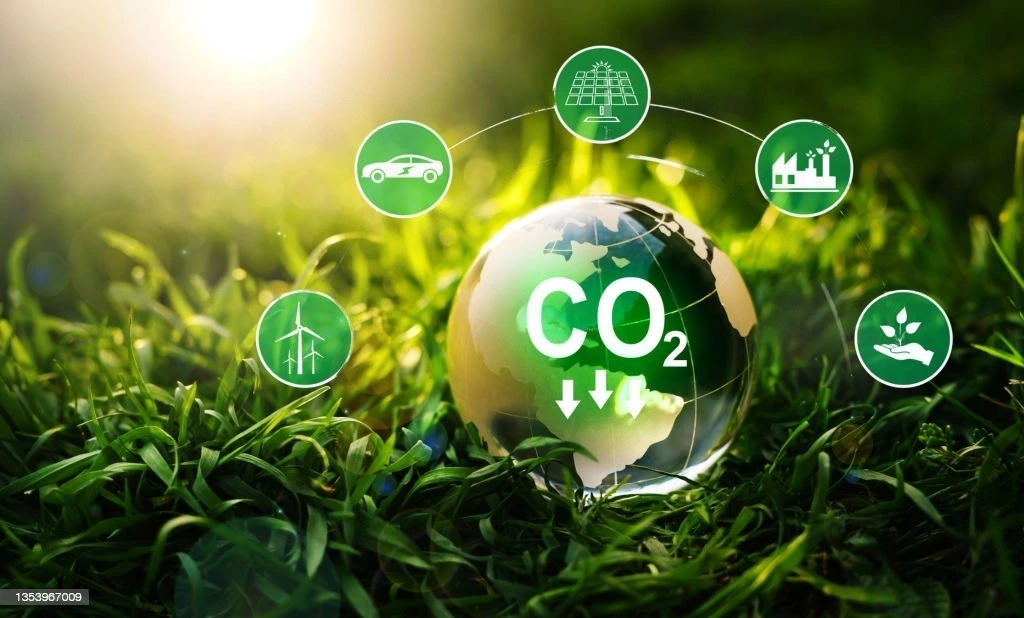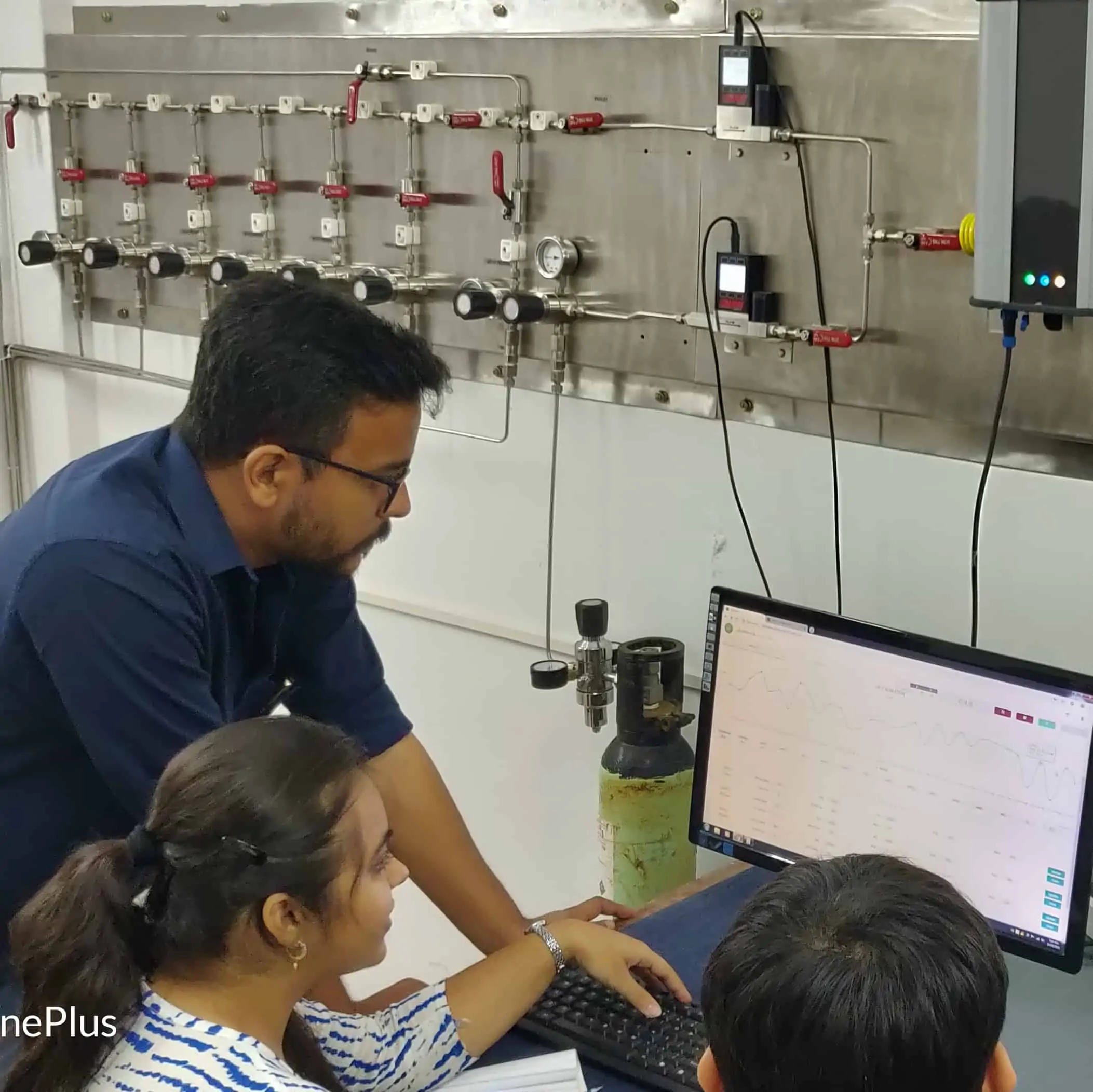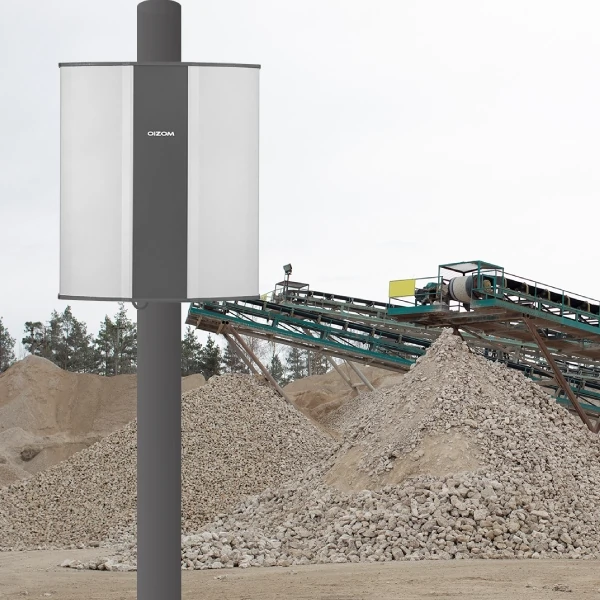Recycling has a profound impact on reducing pollution levels. Using recycled materials instead of raw, new resources, we diminish the harmful emissions of extraction and manufacturing.
For example, the mining and refining aluminium from bauxite ore is highly energy-intensive and results in significant greenhouse gas emissions. In contrast, recycling aluminium requires only 5% of the energy needed to produce the same amount of aluminium from raw materials, resulting in fewer emissions.
Furthermore, recycling paper reduces the demand for tree cutting, which is vital in maintaining our planet’s carbon balance. Trees absorb CO2, and when they are cut down for paper production, that stored carbon is released into the atmosphere. By recycling paper, we preserve forests and keep this carbon stored.
From a broader perspective, municipalities and communities that adopt effective recycling programs witness a reduction in overall waste management costs and energy consumption. This directly and positively impacts the pollution levels in these regions.
Oizom’s air quality monitors can be employed to track pollution levels in areas with and without recycling programs, providing empirical evidence of the positive effects of recycling on air quality.

It Protects Ecosystems
Ecosystems, a complex web of life, are sensitive to changes. Mining, logging, and other activities to extract raw materials can lead to habitat destruction, soil erosion, and pollution of waterways.
When we recycle, we reduce the demand for these raw materials, reducing the need to harm these delicate systems. For example, recycling metals means less mining for ore, and recycling paper means fewer trees are cut down. Each recycled item contributes to a chain reaction that safeguards our biodiversity
Furthermore, protecting ecosystems is not just about preserving flora and fauna. It also maintains the natural balance of the environment. Wetlands, forests, and oceans act as natural filters for the air and water, and disrupting them can lead to more pollution.
Using Oizom’s environmental monitoring solutions, we can continuously check these fragile ecosystems and act promptly if we detect any anomalies.
It Saves Energy
The energy saved by recycling can be staggering. Recycling aluminium saves up to 95% of the energy needed to produce it from raw materials. Similarly, recycling glass saves 30% of the energy required to make glass from silica.
But why does saving energy translate into reduced pollution? The energy required to extract, transport, and process raw materials is mainly derived from burning fossil fuels. These activities release significant CO2 and other harmful gases into the atmosphere.
Recycling minimises the need for these energy-intensive processes, and thus, fewer fossil fuels are burned. This conserves energy and minimises greenhouse gas emissions, contributing to the fight against global warming.
With Oizom’s air quality monitoring solutions, industries can accurately measure the reduction in emissions associated with recycling and other energy-saving practices.
It Reduces the Demand for More Raw Materials
The process of extracting raw materials is not only energy-intensive but also often involves environmentally harmful practices. Mining for metals, drilling for oil, and deforestation for paper production have long-term impacts on the Earth’s environment.
By recycling, we can significantly reduce the demand for these raw materials. For instance, recycling one ton of paper can save 17 trees and 7,000 gallons of water. This doesn’t just save trees but also the energy used in the process of cutting, transporting, and processing the logs.
Additionally, preserving natural resources through recycling ensures these materials are available for future generations. It’s a step towards sustainable development, where we meet our current needs without compromising the ability of future generations to meet theirs.
Oizom’s environmental monitoring tools are vital in tracking and understanding the complex interactions between recycling and the demand for raw materials. This insight helps governments, communities, and corporations make informed decisions to foster a sustainable future.
It is Better Than Collecting Waste
Traditional waste disposal in landfills contributes significantly to air pollution. Landfills produce methane, a potent greenhouse gas that traps heat in the atmosphere 25 times more effectively than carbon dioxide. Fires in landfills are common and one of the major reasons for rising pollution levels.
Recycling, on the other hand, diverts waste from landfills. For example, organic food and yard waste can be composted instead of sent to landfills. This reduces methane emissions and results in a valuable product that improves soil health.
The comparison is clear: recycling is far more efficient and environmentally friendly than merely collecting and dumping waste. Recycling reduces emissions, conserves natural resources, and minimises the negative impacts of landfills.
Through Oizom’s air quality monitoring solutions, cities can track the differences in air quality between areas with active recycling programs and those without, providing a compelling case for adopting recycling.
It Conserves Natural Resources
Recycling plays a crucial role in conserving natural resources. Using recycled materials reduces the need to deplete the Earth’s natural resources like ores, forests, and water.
Consider the recycling of metals like copper and aluminium. These metals are found in finite quantities within the Earth’s crust, and their extraction can be incredibly damaging to the environment. By recycling, we save these precious resources and reduce the harmful effects associated with their extraction, such as soil erosion, water pollution, and deforestation.
Conserving natural resources doesn’t only affect the environment; it also has socio-economic implications. Reduced dependence on raw materials can stabilise market prices, support local recycling jobs, and foster a culture of sustainability.
Oizom’s air quality monitors can help quantify the positive effects of recycling on conserving natural resources, providing valuable data to guide policy-making and community engagement.
Who Contributes To The Pollution The Most?
Understanding where pollution comes from is crucial to targeting efforts to reduce it. Let’s examine the main contributors.
Industrial Plants
Industrial facilities are significant sources of pollutants like sulfur dioxide, nitrogen oxides, and particulate matter. These emissions can result from burning coal for energy and using chemicals in manufacturing.
However, modern technology, like Oizom’s industrial real-time air quality monitors, can help these plants to monitor and control their emissions. Real-time monitoring allows industries to detect increases in pollution levels immediately, enabling them to take corrective action before they become a significant problem.
Fossil Fuel Combustion
Burning fossil fuels such as coal, oil, and natural gas for energy is one of the most significant sources of air pollution globally. It releases vast amounts of carbon dioxide, a major contributor to climate change, and other harmful air quality pollutants.
Transitioning to cleaner energy sources like wind, solar, and hydroelectric power can drastically reduce these emissions. In addition, increasing the efficiency of energy use and adopting technologies like electric vehicles will further minimise the impact of fossil fuel combustion on the environment.
Agriculture
Agriculture’s role in air pollution is often overlooked. Livestock produces methane during digestion, a potent greenhouse gas. The use of synthetic fertilisers and pesticides releases harmful chemicals into the air.
Sustainable agricultural practices, such as using organic fertilisers and reducing harmful chemicals, can mitigate these effects. Oizom’s air quality monitors can help farmers understand the impact of their practices on the environment and guide them towards more sustainable methods.
Humans
Individual activities contribute to pollution as well. The cars we drive, the products we buy, and the energy we consume have environmental impacts.
By making conscious choices like using public transportation, reducing energy consumption, and, of course, recycling, individuals can significantly reduce the contribution to air pollution.
Manufacturing Activities
Manufacturing industries often rely on resource-intensive and polluting processes. However, incorporating recycling and using more efficient machinery can minimise this impact.
For example, a manufacturing facility that recycles scrap metal instead of relying solely on new raw materials can significantly reduce its energy consumption and associated emissions.
Can Recycling Reduce Air Pollution?
The evidence is clear: recycling can and does reduce air pollution. From conserving natural resources to saving energy, recycling impacts various facets of the environment, leading to reduced emissions and cleaner air.
By reusing materials, we avoid the pollution of extracting, transporting, and processing raw materials. We also reduce the amount of waste sent to landfills, minimising harmful methane emissions.
Oizom’s air quality monitoring solutions can play a vital role in understanding and quantifying these effects, helping individuals, communities, and industries make informed decisions to support recycling and reduce pollution. Not only this, you can get real-time updates on your site’s air pollution on your internet-powered device anywhere in the world through our air quality monitoring software
Conclusion
In an era where environmental sustainability has taken centre stage, recycling is a powerful ally in the battle against pollution. Its impact transcends the simple act of reusing materials; it ripples through our economy, energy consumption, natural resource preservation, and the air we breathe.
By reducing the demand for raw materials, saving energy, protecting delicate ecosystems, and diverting waste from landfills, recycling has proven to be more than a responsible choice; it’s necessary for a sustainable future.
In a world grappling with climate change and its devastating consequences, the role of technology cannot be overlooked. Oizom’s air quality monitoring solutions bridge the gap between awareness and action, providing accurate and real-time environmental insights.
Whether it’s an industry aiming to comply with regulations, a city working towards cleaner air, or an individual making informed decisions, Oizom empowers all to take tangible steps towards a cleaner, greener future.
Join us in our mission to monitor and improve the environment. Contact us today to find out how our technology can be tailored to your specific needs.






